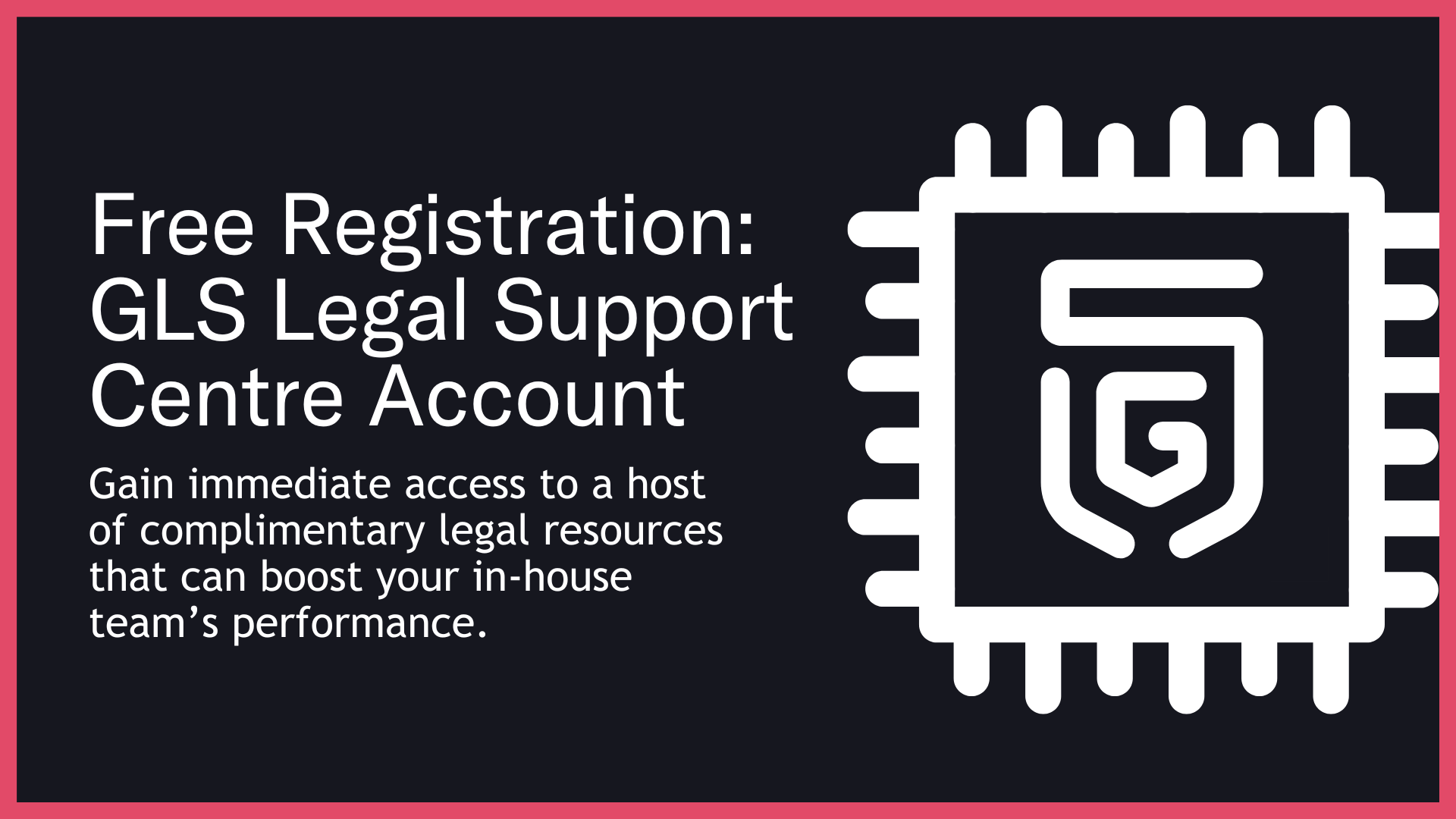Series A Funding 101: Explained by Your Lawyer Over a Pint in the Pub
• 07 May 25

"Series A is like a first marriage—or a round of tequila shots. It seems glamorous, but if you don’t pace yourself and read the fine print, you could lose the house—or your equity."
Introduction
Alright mate, picture this: you’re in the pub with your lawyer friend (that’s me), fresh off a couple of pints. Your startup’s finally taking off—you’ve got customers, a product, and real traction. Now the big dogs want in. Welcome to Series A funding: the moment where things get real.
This isn’t your mate’s uncle giving you £10k and a handshake. This is institutional capital. VCs. Term sheets. Board seats. And if you don’t play your cards right, you might end up a well-paid employee in a company you used to own.
Series A is exciting. It’s terrifying. It’s complicated. So, let’s break it down—pub-style. No fluff. Just the stuff you need to know to avoid waking up with a massive funding hangover.
What Is Series A Funding? (And Why Should You Care?)
Series A is your first proper institutional funding round. You trade equity for capital from venture capitalists, corporate investors, and the occasional eccentric billionaire who really likes your pitch deck.
At this stage, you’ve probably:
◼️Gotten some real traction (not just scribbles on a napkin).
◼️Built a working product and customer base.
◼️Maybe even figured out revenue (or at least have a believable roadmap).
Think of your startup as a band: you've played a few gigs (Seed Round), sold some dodgy merch (early traction), and now a major record label (VCs) is offering you a deal.
But like any big commitment, it’s not just about the money—it’s about control, future dilution, and who’s going to be calling the shots.
How Much Are We Talking?
Series A rounds usually raise between $2M to $20M, depending on traction, hype, and how convincing you are in the pitch room. Investors typically want 10% to 30% equity in return.
So yes, it’s a big cheque—but it comes with strings. Think of it like bringing in a top-tier fantasy football investor. They’re bankrolling your draft picks, but now they want a say in your lineup—and if you fumble, they won’t hesitate to bench you.
Who Are the Players in a Series A Round?
◼️Venture Capitalists (VCs): The main power brokers. They bring cash, contacts, and a brutal term sheet.
◼️Angel Investors: Some early backers may join in for another bite.
◼️Corporate Investors: Strategic players who want a piece of your tech, audience, or team.
◼️Lawyers: Not optional. This is where you must have legal firepower.
And remember: not all investors are equal. Some are genuinely helpful, others are control freaks who’ll try to steer your ship from the backseat.
The Steps to Series A: Or How to Survive the Shark Tank
Step 1: Get Your House in Order
Investors will want to see everything—your financials, contracts, cap table, and maybe even your Slack messages (kidding, sort of). Due diligence is intense.
Step 2: Find the Right Investors
All money isn’t good money. A bad investor is like a toxic flatmate—you’re stuck with them, and they eat your metaphorical last slice of pizza.
Step 3: Negotiate the Term Sheet
This is where the soul-selling happens. Terms to watch:
◼️Valuation
◼️Liquidation preferences
◼️Voting rights
◼️Board seats
◼️Anti-dilution provisions
Step 4: Lawyer Up
This is not DIY territory. Get a proper startup lawyer—not your cousin who once helped someone fight a parking fine.
Step 5: Close the Round
Once everyone agrees, the paperwork’s signed, and the funds are transferred—it’s official. Now you've got about 18 months to hit your milestones before you need more funding.
Common Series A Traps That Could Ruin Your Startup
◼️The Over-Dilution Disaster
Give away too much equity now, and you’ll regret it when you’re left with crumbs in Series C.
◼️The Bad Investor Hangover
A meddling VC can derail your mission, micromanage your team, and slow down decisions.
◼️The Control Grab
Some investors want board control and veto power—plus the ability to fire you. Watch the terms.
◼️The Valuation Trap
Raise at an inflated valuation and miss growth targets? Say hello to a dreaded down round.
Spoiler: no one wants to be that founder who owns 12% of their own company and can’t fire the intern.
How to Make Sure You Don’t Get Screwed
1. Get Real Legal Advice
The fine print is where companies are won or lost. Don’t skimp on legal support.
2. Watch Your Dilution
Yes, you want money. But protect your stake—you’ll need it for later rounds.
3. Choose Investors Like Co-Founders
You’re stuck with them. Can you work with them? Do they share your vision?
4. Understand the Terms
“Don’t worry, it’s standard” is a red flag. If you don’t understand it, ask.
5. Play the Long Game
This is just one round. Think ahead to Series B and beyond. Make moves that set you up, not box you in.
Final Thoughts (Before You Order Another Round)
Series A funding is a massive milestone. It proves your business is real, your traction is solid, and your potential is worth betting on.
But it’s also where many founders lose control—because they didn’t ask enough questions, read the contracts properly, or choose the right partners.
So here’s your checklist:
◼️Get a good lawyer.
◼️Pick your investors like you pick your mates.
◼️Don’t raise too much or too fast.
◼️Read. Every. Single. Clause.
And finally—if something feels off in a term sheet, it probably is.
Now go enjoy that pint. Just maybe hold off on promising anyone equity until after the next round.

